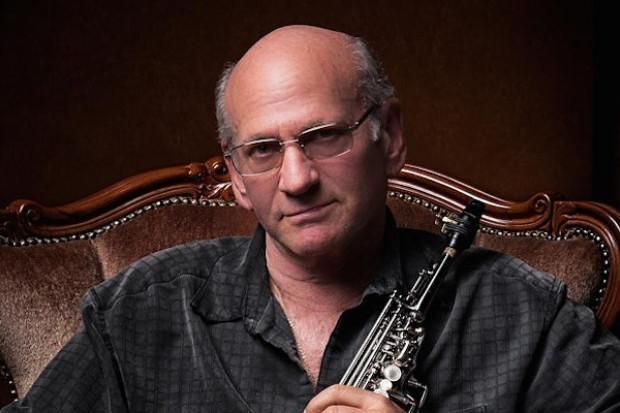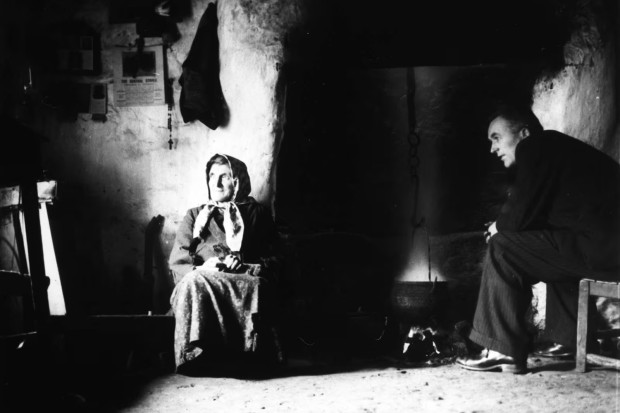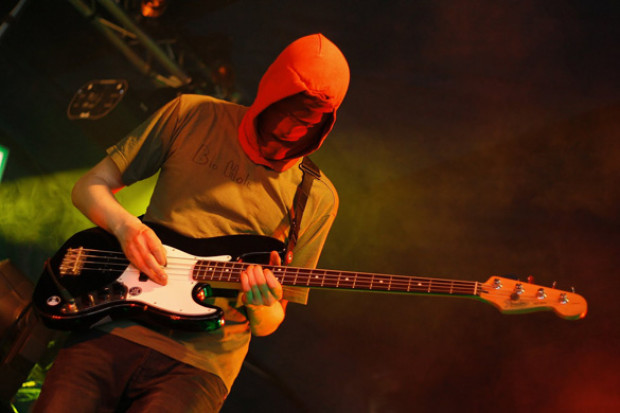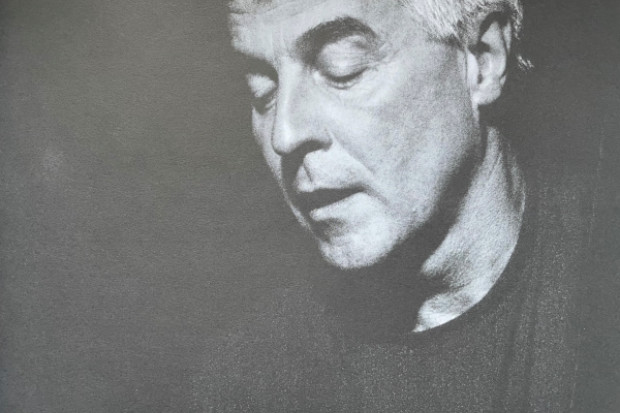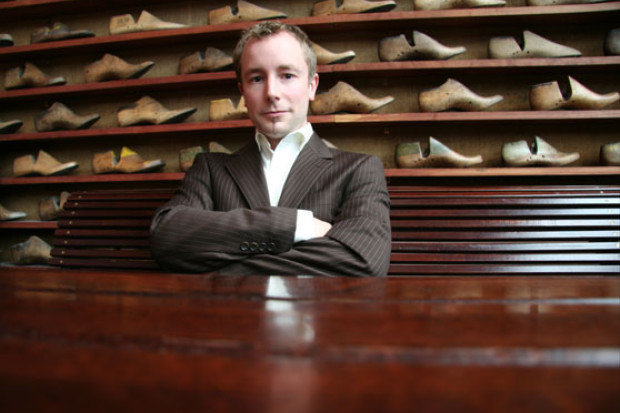
Outer Way
When John McLaughlin was a teenaged blues guitarist in Yorkshire in the 1950s, he printed business cards with the proudly declarative legend Johnny McLaughlin: Electric Guitarist. Five decades, scores of albums, and thousands of performances later, he is still happy to go by that moniker. ‘I grew up with r&b and rock ‘n’ roll, as well as jazz,’ he said recently in DownBeat. ‘It’s under my skin, the electric guitar.’
But even mild familiarity with McLaughlin’s recorded output reveals a fundamental ambiguity about the role of electricity in jazz – or at least in his own music. For every album full of guitar heroics, heavy distortion and arena-level amplification, there is a quiet, acoustic offering. High-decibel solid body or mellow hollow body? Mahavishnu Orchestra or Shakti? McLaughlin has always swung back and forth. Electric and acoustic are his yin and yang.
Remarkably, McLaughlin has never performed in Dublin, so his appearance in May at Vicar Street will be a landmark event. Devotees look forward to the gig with keen anticipation, but there is little suspense about what its acoustic tenor will be. His current band, the 4th Dimension, is a heavy-hitting proto-fusion outfit consisting of Gary Husband on keyboards, the prodigious young Frenchman Hadrien Feraud on bass, and Mark Mondesir on drums, the same musicians who appeared on McLaughlin’s 2006 album Industrial Zen, highly celebrated by those fans who love his brand of loud, fast, electric jazz-rock.
Many listeners have their own sense of ambiguity about McLaughlin’s music. Those who thrive on the upper-end dynamics and intensity of his fusion performances often find his acoustic work anemic. Others believe his dazzling electric playing is over the top. When the 4th Dimension toured North America last year, reviews were mixed. All About Jazz described the group’s technical fortitude as ‘a means to a very musical end.’ The New York Times, on the other hand, called the music ‘oppressive’ and complained that ‘there weren’t enough strong melodies … to offset the extravagant technique.’
The extravagance has always been part of the McLaughlin experience, though perhaps with a clearer sense of purpose in the early days. His first album, Extrapolation, recorded in 1969, is remarkable. Awarded a coveted crown rating in The Penguin Guide to Jazz on CD, it is described by that publication’s authors as ‘one of the finest jazz records ever made in Europe.’ That is not an overstatement. Vibrant, innovative, intense and lyrical, it is one of the great early achievements of the sixties flowering of British jazz that also produced John Surman, Dave Holland and Kenny Wheeler. For once, the acoustic/electric dichotomy is irrelevant: McLaughlin’s playing presents a sublime balance of hard-driving archtop guitar in an acoustic setting. It is clearly jazz, but it burns with the heat of the British blues explosion.
Word about McLaughlin spread quickly, and before Extrapolation was even in the shops, he had departed for the United States, where he played in the power organ trio Lifetime before joining Miles Davis for a series of seminal albums, including In a Silent Way and Bitches Brew. Davis liked McLaughlin’s playing so much he came up with his own unique expression for it – ‘far in’ – and named at least two tunes after him. If you’ve never listened to McLaughlin, a great place to start would be the Miles Davis album A Tribute to Jack Johnson. His opening solo on that record – with its dirty tone and shuffling, bluesy interplay with bassist Michael Henderson and drummer Billy Cobham – is one of the boldest statements in jazz; it grabs you by the throat and doesn’t let go.
The 4th Dimension
But the gentle side was also there from the beginning. In 1970, McLaughlin met the Indian spiritual leader Sri Chinmoy, whose teachings had a profound effect on his life and music. Soon afterwards, he recorded My Goals Beyond, a melodic acoustic album that includes versions of Charles Mingus’ ‘Good-bye Pork Pie Hat’ and Chick Corea’s ‘Waltz for Bill Evans’. This album also had extended improvisations offering a different type of fusion: not between rock and jazz but between jazz and Indian classical forms.
The pendulum continued to swing: from Mahavishnu Orchestra, the apotheosis of 1970s electric fusion, to Shakti, a group featuring McLaughlin with four Indian classical virtuosi; from trading rock and jazz licks with Carlos Santana to exploring flamenco themes and rhythms with Paco de Lucia; from acoustic guitar quartets to the super-powered Industrial Zen.
Whatever the mode, however, Indian music and mysticism have continued to inform everything McLaughlin does. ‘My life revolves around the spiritual dimension,’ McLaughlin has said. ‘The cultivation of my interior life is first and foremost … Music is my outer way in life.’ The music thrives on his connection with India, now second nature to him. Recently, he released a DVD on konokol, the South Indian art of vocal percussion. His frenetic solos are informed by the improvisational techniques of Carnatic music, with its intricate rhythms and pursuit of the ecstatic. He travels to India regularly, and continues to work with Indian classical musicians.
For all his experimentation and output, however, little in his canon compares with Extrapolation or his work with Miles Davis. Early on, he set a very high bar for himself, which he has not reached since. That won’t prevent Vicar Street from selling out when he drops by though, and who knows, he may surprise us. He’s done it before.
Published on 1 May 2008
Kevin Stevens is is a Dublin-based novelist and writer on history, literature, and jazz.












